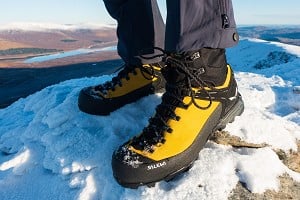
The Salewa Otles Mid PTX is a striking cross between a winter boot and a softer shoe. Designed to be versatile, it offers a balance of comfort, technical performance, low weight, nimbleness and durability for fast and light mountain adventures, allowing you to navigate a diverse range of terrain. This style of lightweight, crampon-compatible semi-boot seems increasingly common. It's definitely not footwear for every user or every winter mountain day, and doesn't fit neatly into the traditional boxes of B1, B2 or B3, but in their niche these boots are great.
We wanted to see how they perform in the Scottish hills in a range of winter conditions, from hillwalking trips through to some moderately technical ridges where we would need a crampon.
In Use
These boots excel in diverse environments, making them ideal for a Scottish winter ridge day with varied terrain. Freedom of movement in the ankle and flex in the sole means all-day comfort for walk-ins, yet the technical nature of the boot still allows good performance when navigating rocky sections, or hopping over boggy ground.
Taking a semi automatic crampon, they can also perform well on easy technical winter climbs with the occasional tricky section, routes such as Aonach Eagach or Tower Ridge, perhaps up to tech 3 on rocky ground. They lack the rigidity for sustained front pointing and as such they wouldn't be a great choice for icy gully climbs at any grade; in winter climbing terms their forte is moving steadily on low grade winter ridges. As they aren't well-insulated, you'd not want to be standing about in them in the cold and snow for long periods. If you anticipate pitched climbing and lengthy belays then you'd want a traditional B2 or B3 boot.
For the likes of the Alps, I envisage these boots being perfect for summer alpine rock climbing and mountaineering objectives. They provide comfort for the big walk-ins and are perfectly suited for glacier or snowfield traversing with crampons to reach the base of your routes. Moreover, their semi-stiff sole and climbing zone means they can easily handle edging on scrambling terrain, while maintaining good ankle flex for precise footwork.
In short, think of these as a B1/2, 3/4 season boot, similar to that of the Scarpa's Ribelle Lite, Ribelle Tech 3 HD or La Sportiva Aequilibrium - not fully stiff enough to replace a regular B2, and not insulated enough to serve as a full-on winter boot, but instead something a little different.
Perhaps they're too niche for you? That will definitely be the case for many winter walkers and mountaineers. For something a bit sturdier, heavier, warmer, and more traditionally boot-like, you might consider the Salewa Ortles Ascent, which we've also reviewed recently:
Weight
As the name might suggest, their low weight is one of the highlights of the Ortles Light, and they are the lightest mountaineering boot that Salewa produces. At only 1212g for a pair of size 9 on the home scales they are at the lower end compared to the competition, coming in lighter - and significantly cheaper - than the aforementioned Ribelle Lite, Ribelle Tech 3 HD, and Aequilibrium. This makes them a pleasure to wear on long walks, since less weight on your feet means less fatigue over the day.
Comfort and Fit
The mid-height cuff and flexible sole give the Ortles Light an almost trainer-like feel, and that really helps in terms of day-long comfort. Compared to a clumpy B1 or B2 boot I've found them very forgiving on extended and multi-day walks, giving me no rubbing, pinching or hot spots across my foot. As they are so light and unrestrictive, running also is relatively pleasant in comparison to the heavy nature of a more rigidly traditional mountain boot.
I chose my usual street shoe size (UK9), and they fit well if marginally on the small side for the size; my foot is slightly narrow so maybe this is something to consider. If I was primarily to wear these with a thicker winter sock then I would maybe have gone a half size up. However, as I am mostly using them during days when I am constantly on the go, a midweight winter sock and my regular size has worked well to provide comfort and adequate warmth. The full-length lacing system does a good job of reducing the volume of the boot across its entire length. The locking eyelets towards the front end allow you to fine-tune the tension at the toe, although personally I'm indifferent about them.
Uppers
The synthetic uppers incorporate a range of materials strategically positioned to provide durability and protection against bumps and scrapes, as well as freedom of movement and comfort where it matters. The reinforced rubber rand wraps the front of the toes and inside of the boot, and has delivered solid lasting protection from bumps and bashes. A padded region around my ankle bone provides protection here whilst the rest of this area is thinner to offer unrestricted movement when walking and climbing. The small integrated gaiter is perfect for keeping out debris or snow and the Powertex membrane has meant my feet have stayed dry even on some clumsy river crossings...
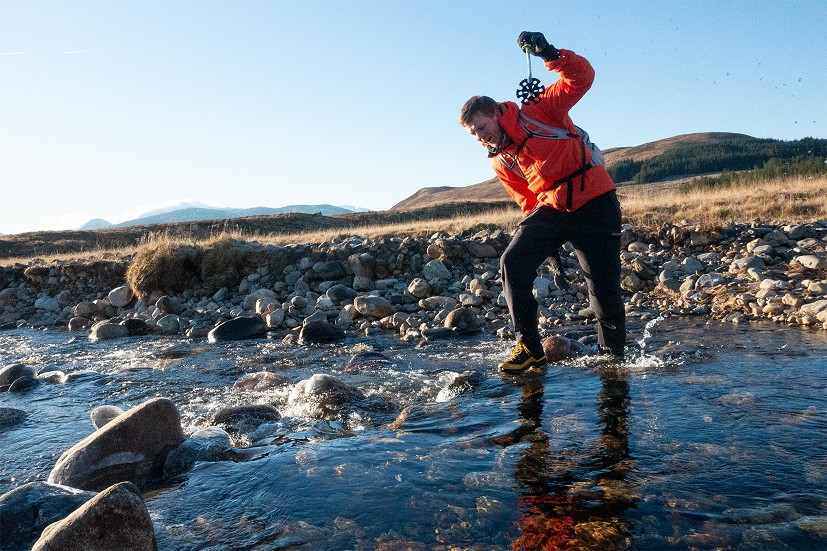
Although these are perfect for the likes of a Scottish Winter ridge day, the lack of insulation in the upper can become an issue if standing about for any period of time. I have felt my feet cool down reasonably rapidly when stood at the top of a Munro in -8C having lunch. For this reason, you are best avoiding doing any sustained winter climbing in these where you will be stood around at belays.
Sole
I have had good experience with the Pomoca outsole, with the nice thick lugs providing grip and bite on a variety of terrain from rock to wet grassy slopes, as well as good braking whilst coming down steep descents. The outsole also has a nice flat climbing zone for stable edging whilst scrambling, and whilst there is flex in the sole, the toe area here remains supportive giving you the stiffness somewhere between that of an approach shoe and a mountaineering boot. Further up the foot the sole flexes for a good amount of comfort whilst walking or running and an EVA midsole within has provided that additional comfort when impacting down over the course of the day. Salewa also provides additional insoles for a reduced volume fit, although I have found that I don't need these.
The heel welt at the back is compatible with C2 semi-automatic crampons, and have found I have needed to stick my crampons on slightly more than usual as the lack of rigidity in the sole means kicking steps in hard-packed snow is harder than a stiffer mountaineering boot.
Ethics and Environment
It's Salewa's first mountaineering boot to bear the Salewa Committed icon, which you can read more about here. The Powertex membrane is PFC-free and some components are recycled (although it's not clear what components) for a lower environmental impact.
Summary
I've really enjoyed testing these boots. They fit the bill on fast and light Scottish winter hill days, taking in a couple of summits with maybe a mountaineering ridge thrown in. They hit a good balance of comfort, technical performance, weight, and durability, meaning they feel at home in a diverse range of terrain, from rocky scrambling to snow. If there was any drawback it would be that hard-packed snow is difficult to kick steps in, meaning you'll be stopping to put crampons on a bit more on certain days - although this flex in the sole is also partly what makes them such a joy to walk in. Overall I can see myself reaching for these boots for many winter mountaineering days to come, and for Summer Alpine rock trips where fast and light is the aim. Finally, the budget-friendly price is significant in comparison to the competition and may tip the balance in their favour for many people.



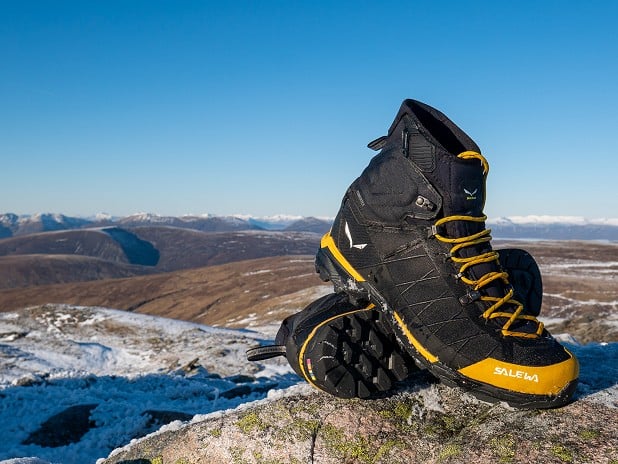
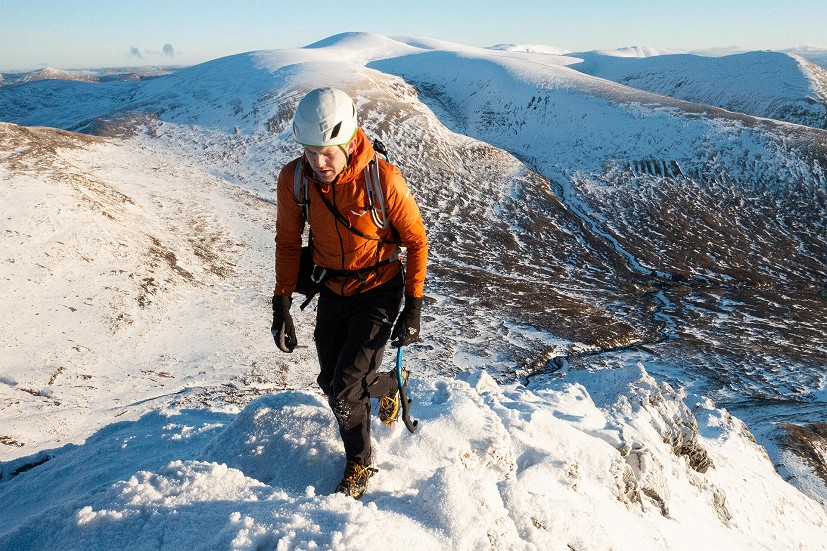
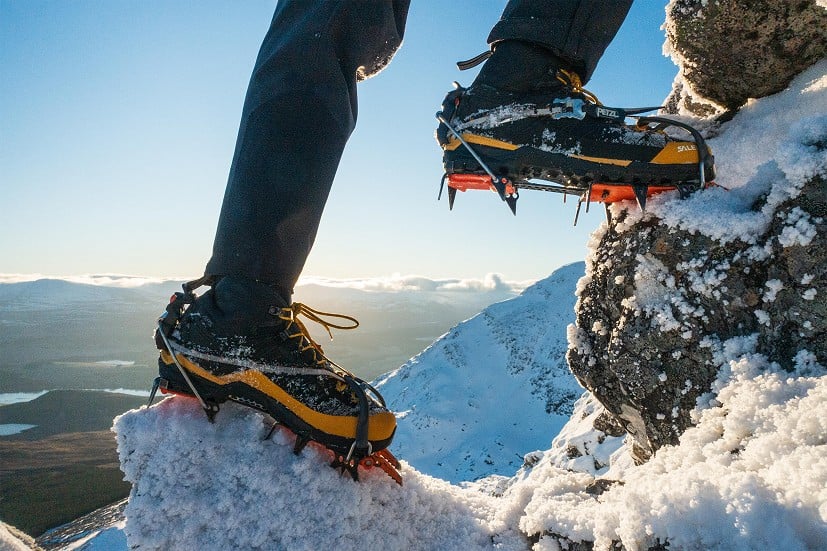
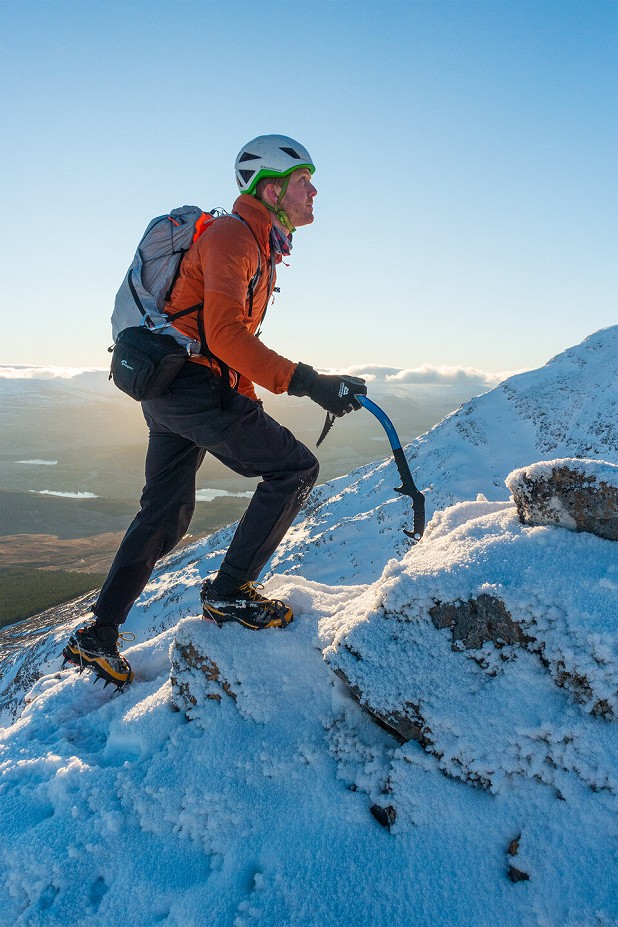

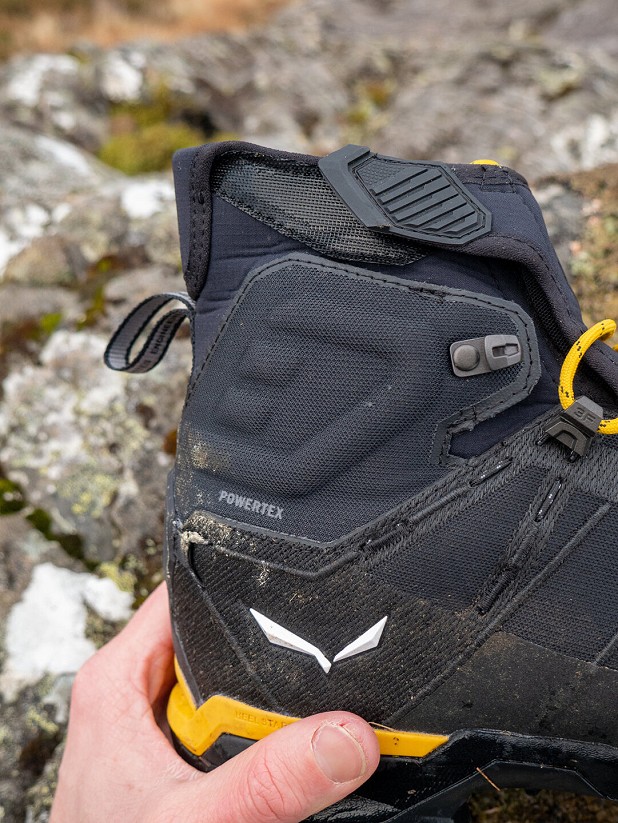
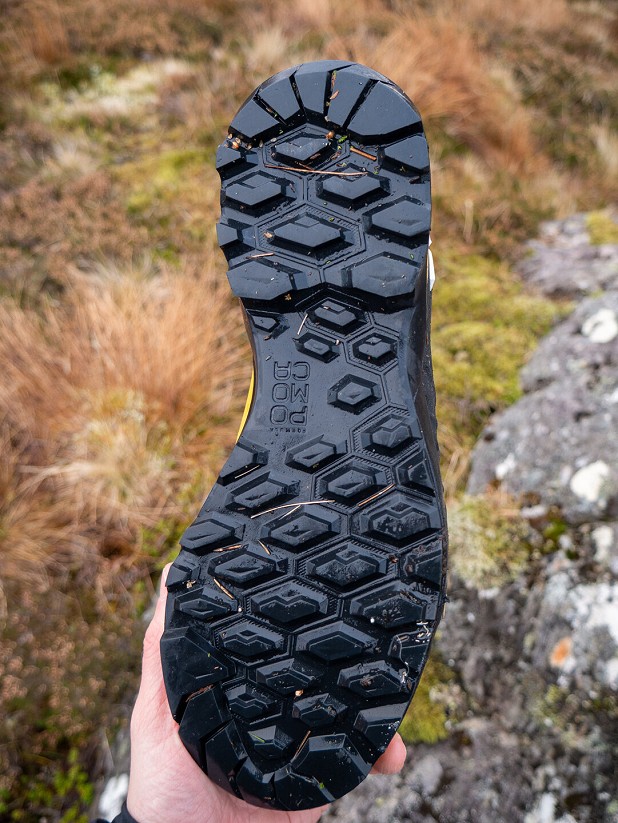

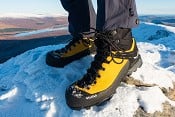
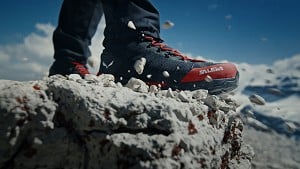

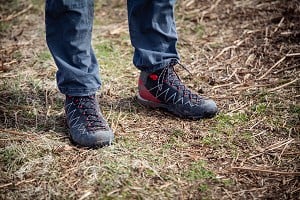

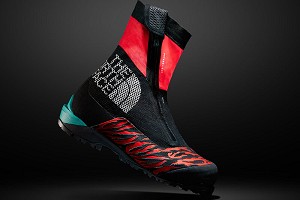
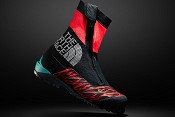
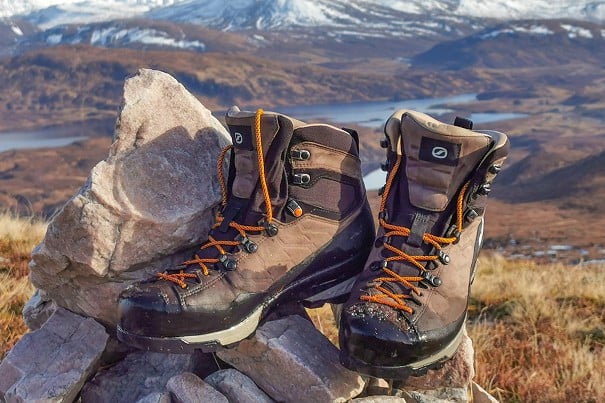
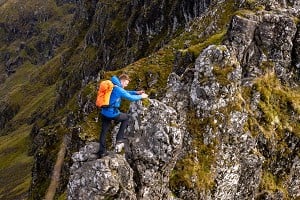

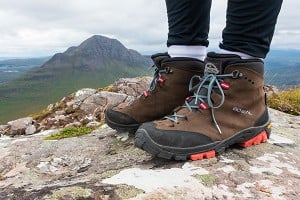
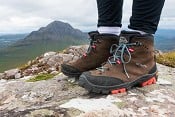
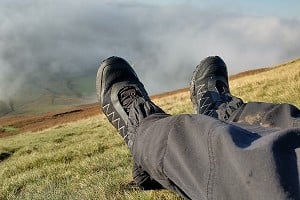
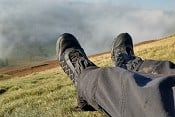
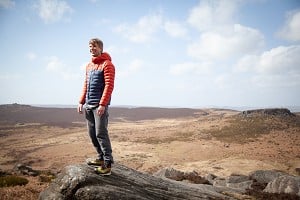



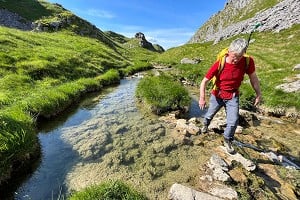
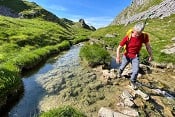
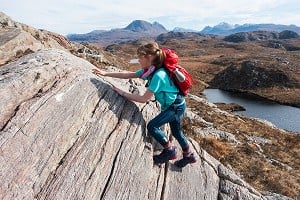

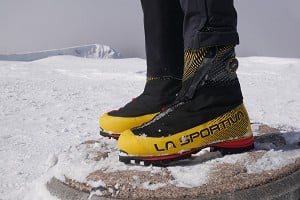
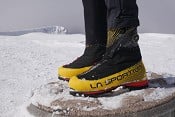
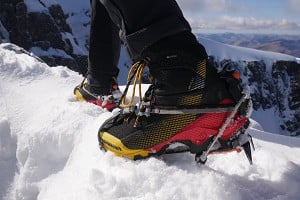
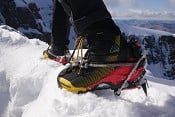
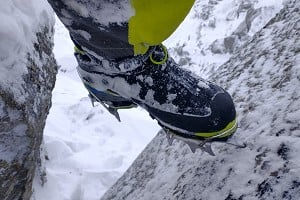
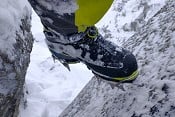
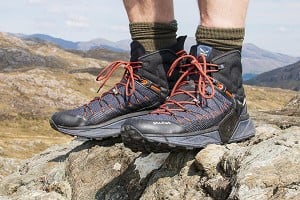
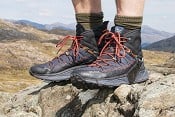
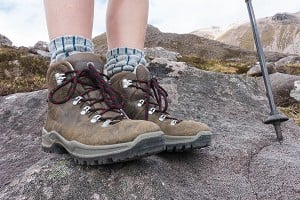
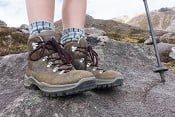

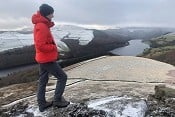

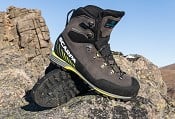
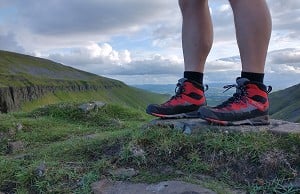
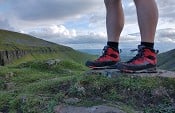
Comments
It's nice to see some more winter boots that aren't ridiculously expensive!
What is the ridge (ridges?) that the photos were taken on? It looks great from what we can see behind the boots! :-)
It's the East Ridge of Beinn a' Chaorainn https://www.ukhillwalking.com/logbook/r/index.php?i=1487
That did cross my mind - when I did it the weather was considerably more grotty so we didn't get much of a view from about a third of the way up the ridge!
I think that's the 4th or 5th time I've done it, but the only one with proper decent visibility
Did they fit the semi-automatic crampons as they come, or do you need to swap out for a flexi linking bar?
These might be the answer to being uncomfortable in my (stiff for me) B2 boots.